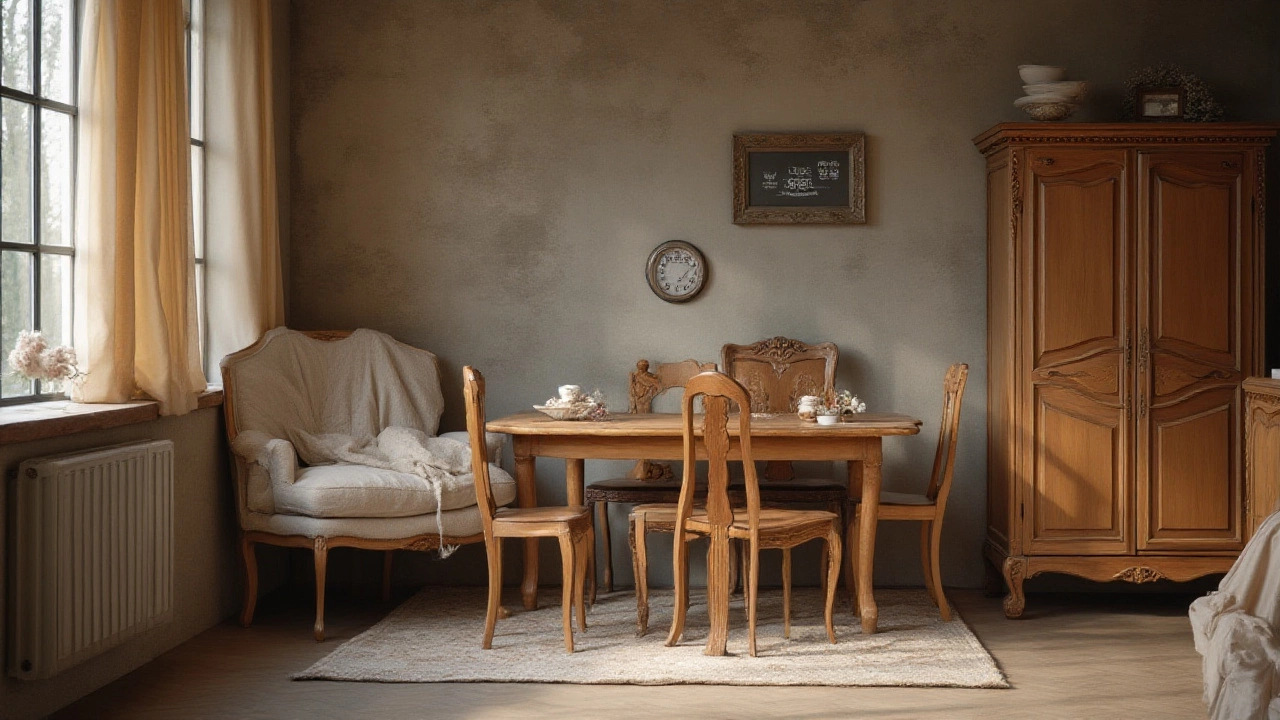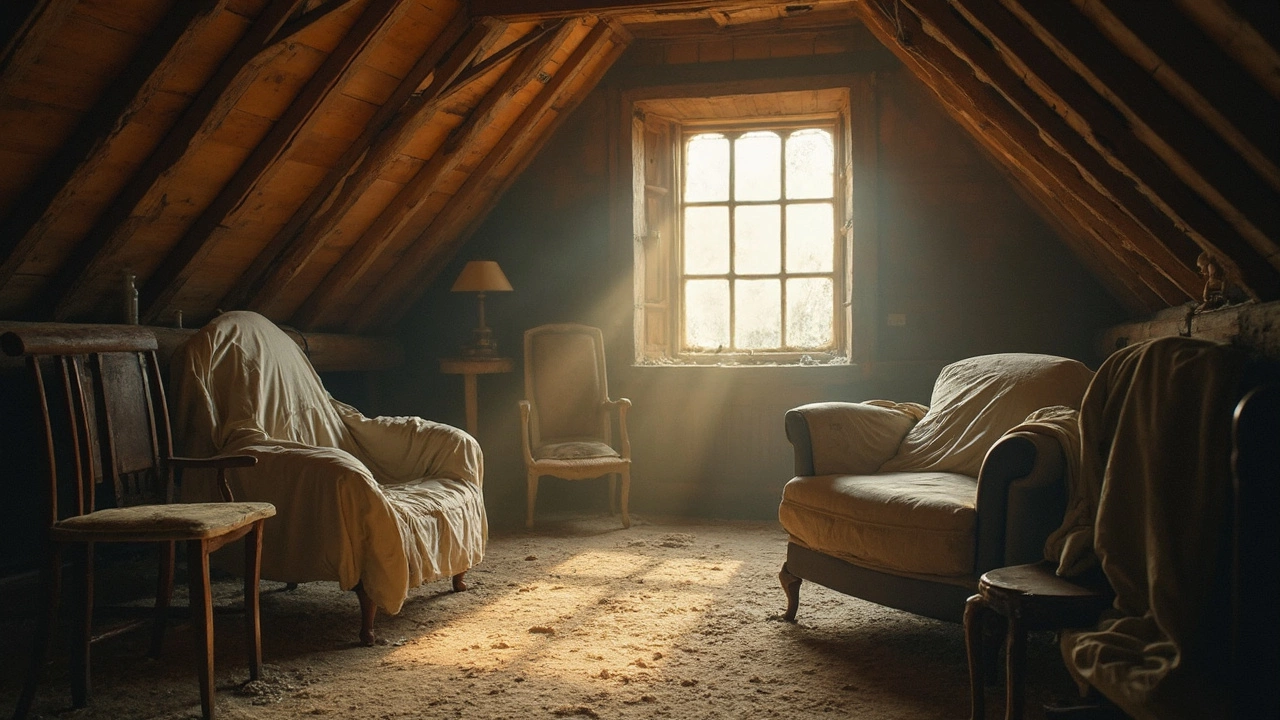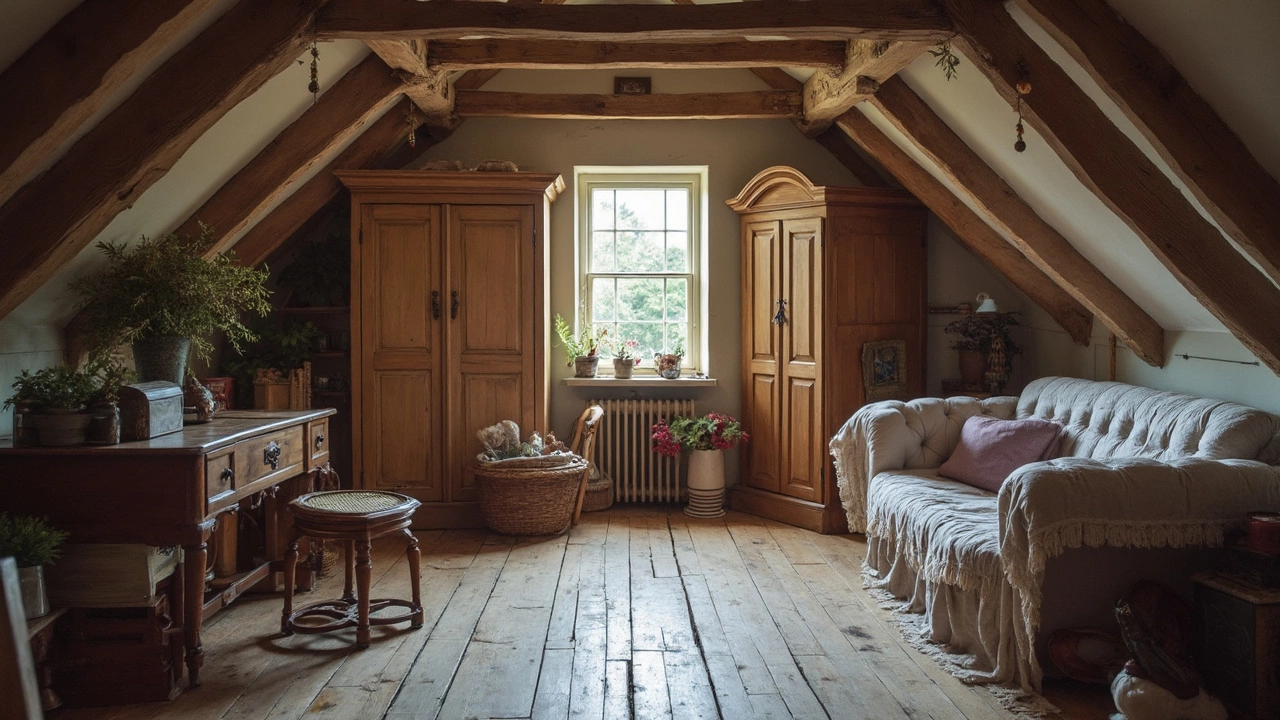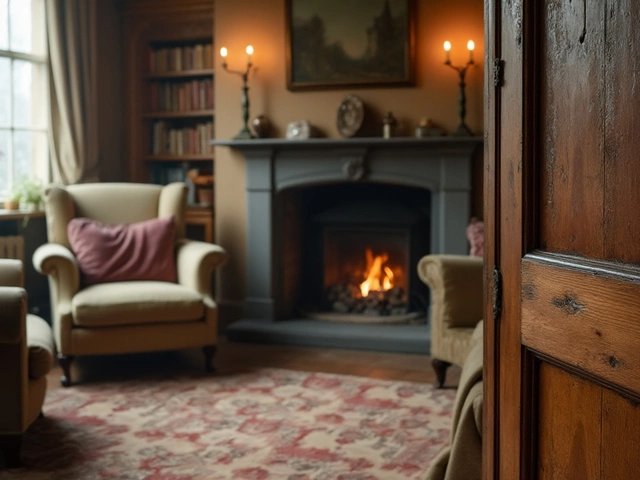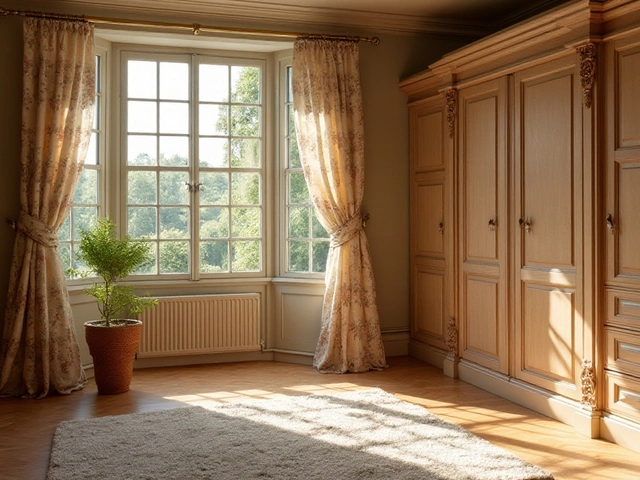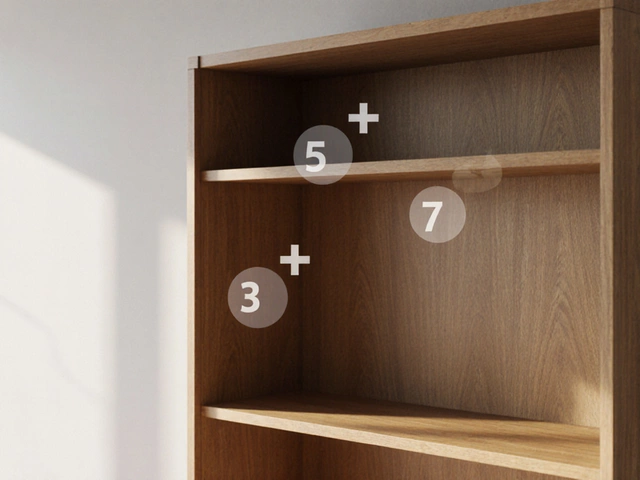Furniture Storage Tips – Keep Your Pieces Safe and Sound
Got a sofa, a wardrobe, or a wooden table you need to store? Storing furniture isn’t just about finding a corner. It’s about protecting the material, stopping mold, and keeping pests away. Below are easy, real‑world steps you can follow right now.
Protect Wood and Prevent Damage
Wood reacts badly to temperature swings and moisture. If you’re putting a wooden chest in an unheated garage, you’re inviting warping and cracking. Before you move it, give it a quick wipe‑down with a dry cloth to remove dust. Then, wrap the piece in breathable cotton blankets or moving blankets – not plastic, which traps moisture.
Next, raise the furniture off the floor. A few sturdy pallets or rubber matting let air circulate underneath, reducing the chance of water pooling. If you can, store the item in a climate‑controlled room or a garage with a small heater during the cold months. Even a modest 5‑degree rise makes a big difference for wood stability.
Guard Against Mold and Pests
Mold loves damp, dark spots. A couch stored in a basement without ventilation can develop a musty smell and unsightly spots. Put a dehumidifier in the storage area, or at least leave a couple of silica gel packets near the furniture. Open windows for a few hours each day if the space isn’t sealed.
Rodents, especially mice, can chew upholstery and get into hidden corners. Choose storage furniture that has sealed seams or use airtight plastic bins for smaller items. Adding cotton balls soaked in peppermint oil or dryer sheets can repel mice – they dislike the scent and will avoid the area.
If you’re stacking items, keep the heaviest at the bottom and avoid covering everything with one heavy tarp. This prevents crushing and lets you spot any leaks or mold early.
Finally, label each box or wrapped piece with a brief note about its material ("wood", "fabric", "metal"). When you return to the storage space, you’ll know which pieces need extra checks, like a quick moisture test on wood or a visual scan for mold on fabric.
By following these simple steps—proper wrapping, raising off the floor, controlling humidity, and using pest‑repellent scents—you can store furniture for months or even years without damage. Your pieces will look as good when you bring them back as the day you bought them.
